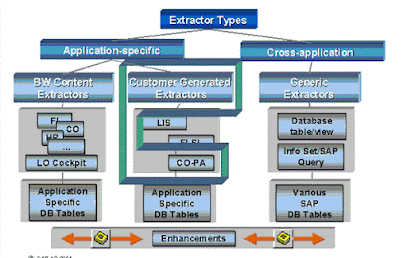Types of Change Data Capture Postgres
Postgres is a platform that performs multiple tasks such as data warehouse analytics and OLTP workloads. So, what are the benefits of Change Data Capture Postgres?
First, once data warehouses and other downstream systems
are kept in sync with PostgreSQL, change events can be captured in real-time.
Next, as changes linked to it are processed only, Change Data Capture Postgres reduces the load on Postgres. Finally, access to the
changes made to Postgres can be efficiently implemented without changing the
application code.
Click here for more on Change Data Capture Postgres
Types
of Postgres CDC
#
Change Data Capture Postgres – Trigger-based
Here, users
can identify Insert, Delete, and Update changes taking place in the table of
interest. A row has to be inserted into a change table to create a changelog for
every change identified, and all change events are stored in the audit.logged
actions. Postgres CDC
only stores
events that are captured within the database and where change events have to be
linked to other data warehouses, the table in Postgres that has the changes
have to be queried repeatedly.
On the
downside, changes have to be made to the Postgres database for triggers to work
effectively.
#
Change Data Capture Postgres - Query-based
In this
process, Postgres is queried repeatedly using the timestamp column in it with
the column showing the last time a row had changed. The downside is that unless
it is soft deletions, it cannot capture Delete changes.
#
Change Data Capture - Logical Replication-based
In this process, logical
replication is made to the configuration file and automatically implemented by
a decoding plugin. The downside is that it is not supported by versions older
than 9.4




Comments
Post a Comment